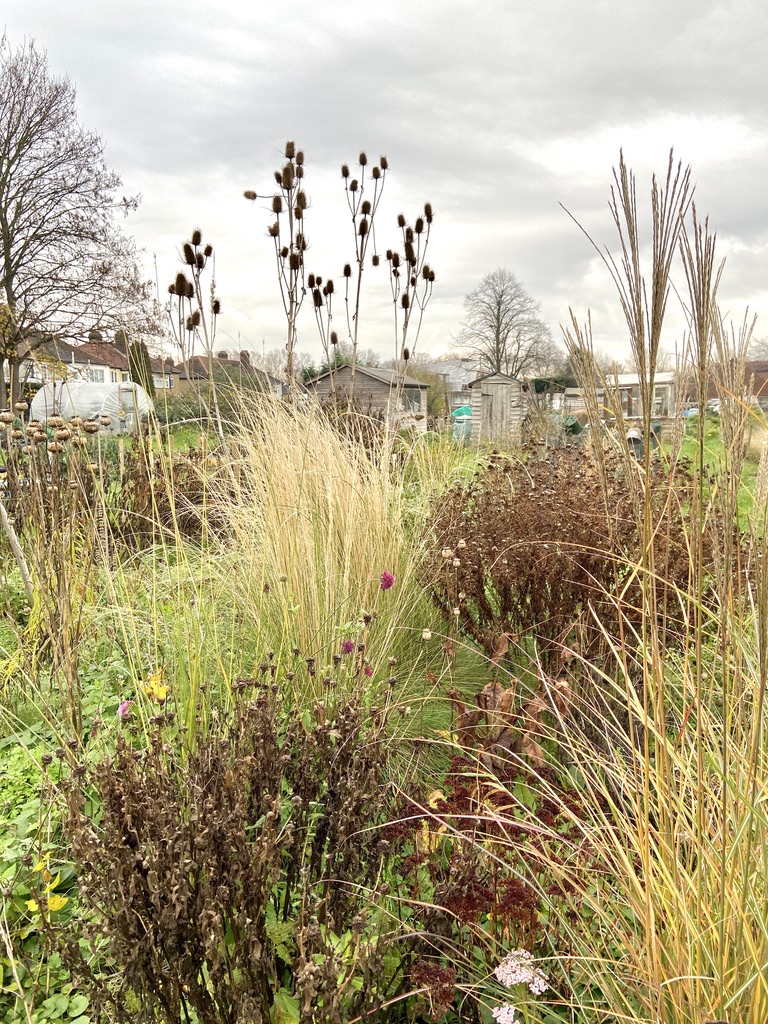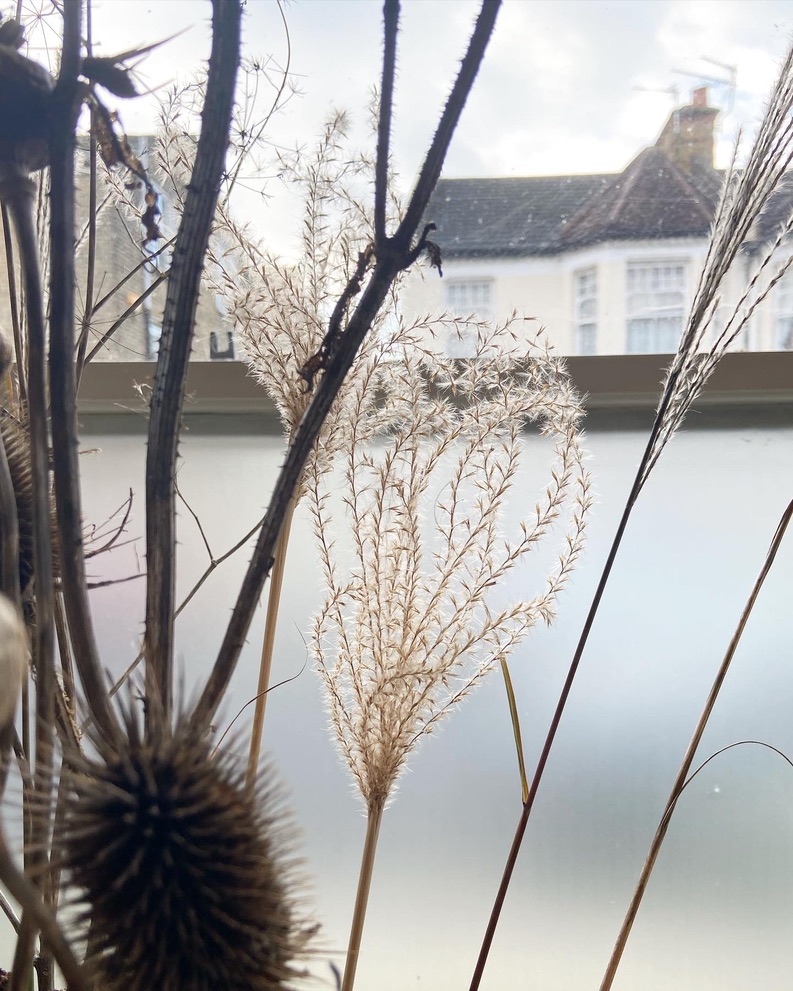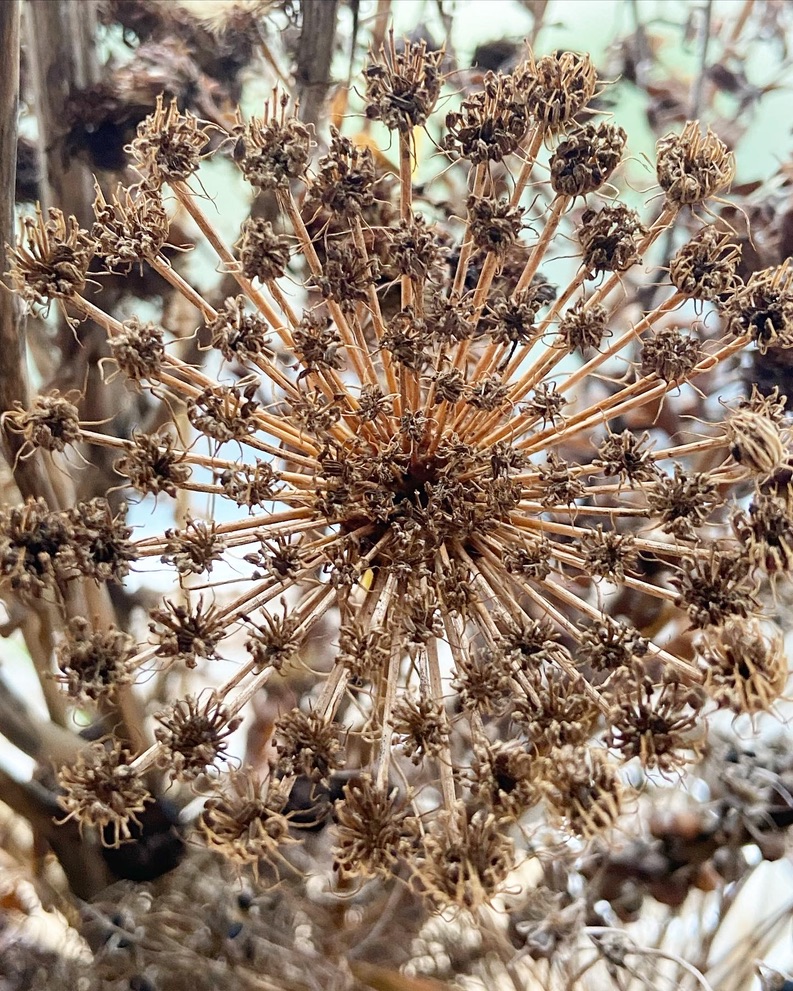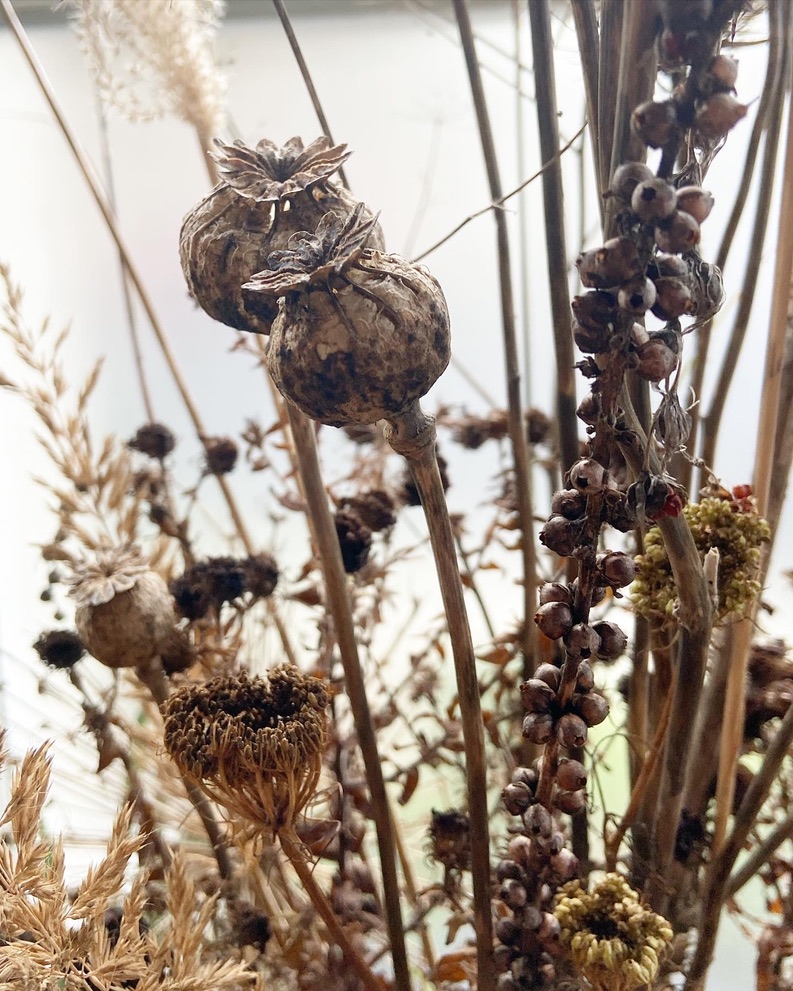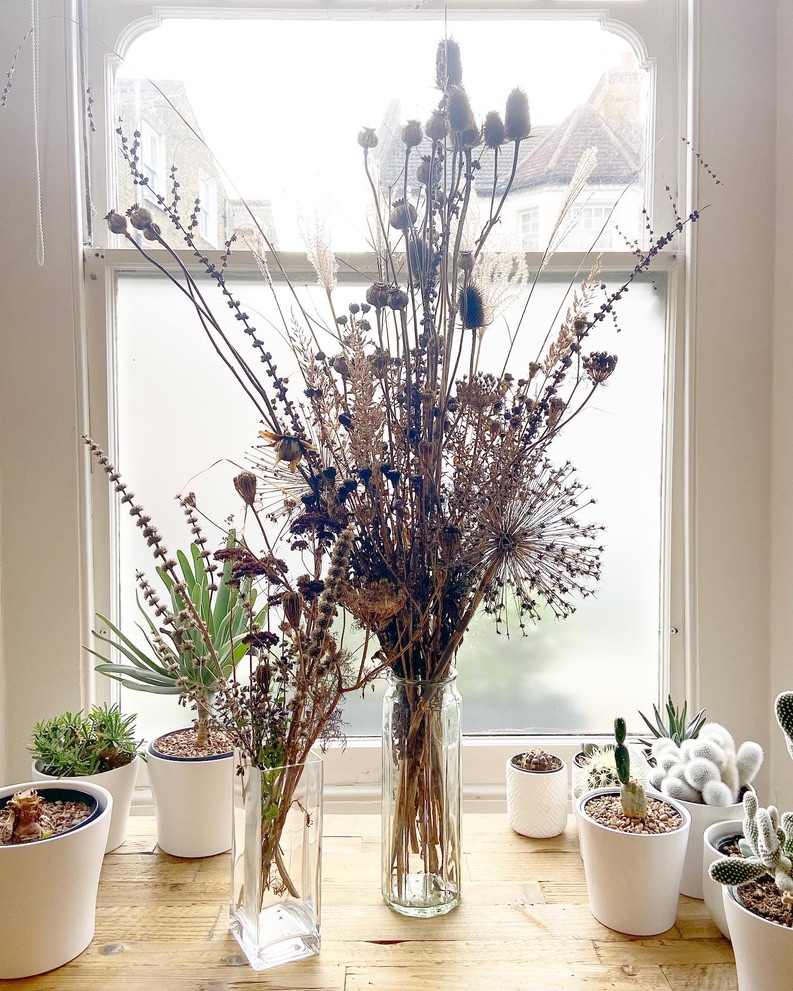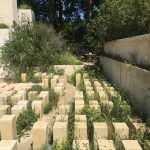My allotment needs a good weeding. It’s looking fairly overgrown in parts because I haven’t been down enough in recent weeks to keep on top of them, for one reason and another. But it’s a good time of year to go awol because everything slows down enough to be forgiving. I began a bit of tidying, adding dead plant material to the compost heap, before concentrating on harvesting some crops for dinner.
Fresh salads keep us going through winter
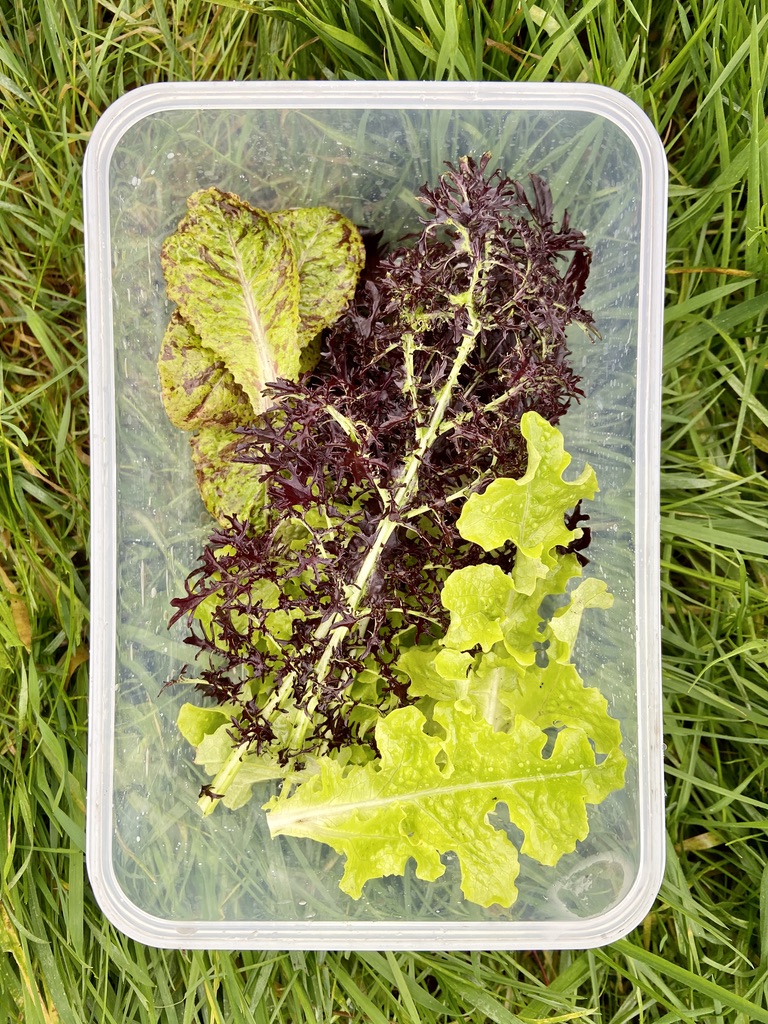
If you live in a mild area like me, or can provide shelter using a polytunnel, cloche or fleece, you can grow plenty of hardy winter salad leaves. I’ve grown very fond of salad leaves this year, it’s been one of my unintentional big plant group obsessions. I particularly like the winter salad leaves because it gives a hit of fresh nutrients and flavour in the season we need it most.
Rooting for flavour
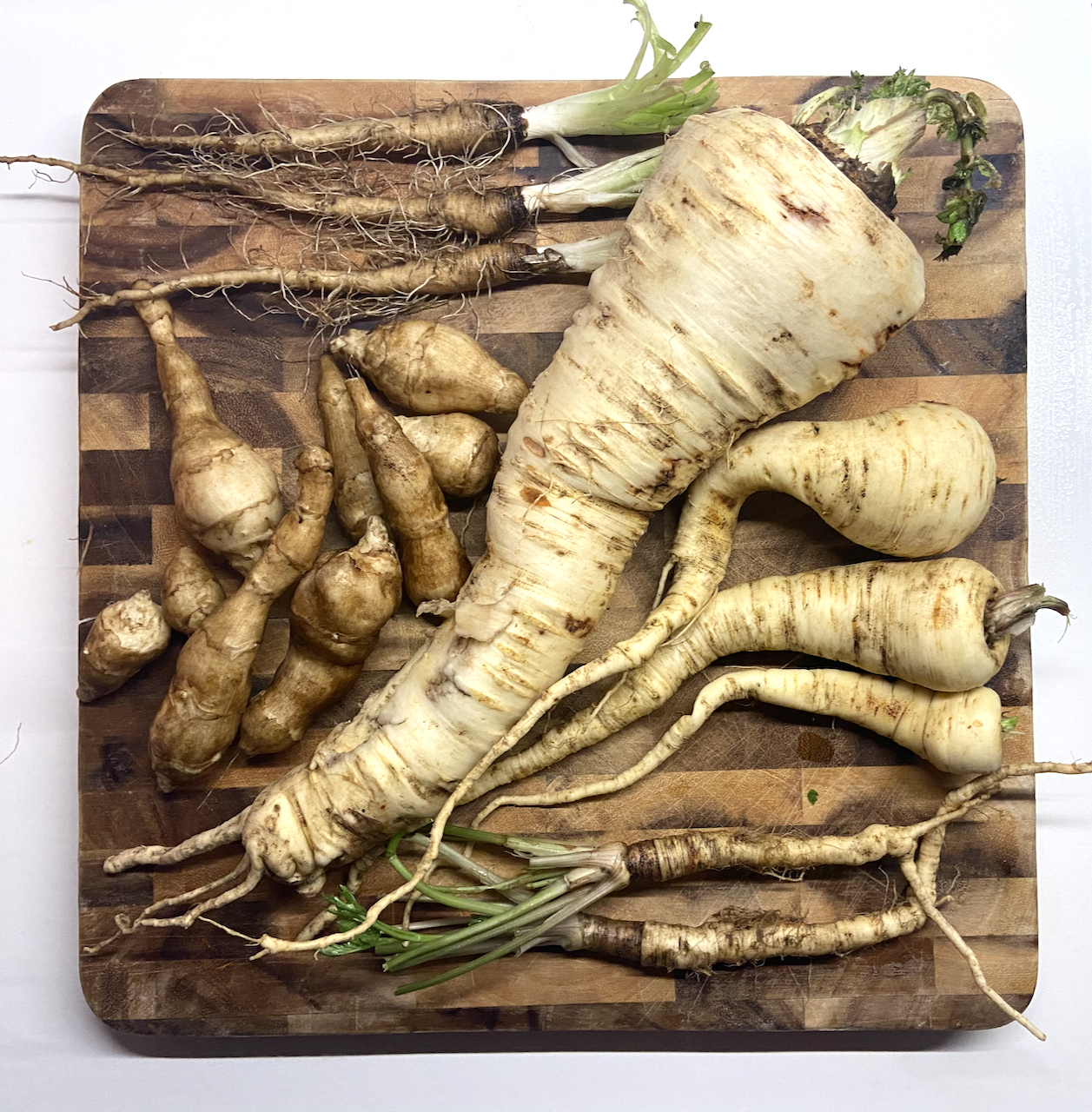
That looks bland, you might be thinking. While they certainly do look bland, having eaten the colourful carrots and beetroot already, these roots are anything but bland in flavour. Above we have parsnips, Jerusalem artichoke (left), salsify (top) and hamburg parsley (bottom), which Chris and I are planning to roast. The salsify and hamburg parsley are very thin but have rich unusual flavours.
Kale away
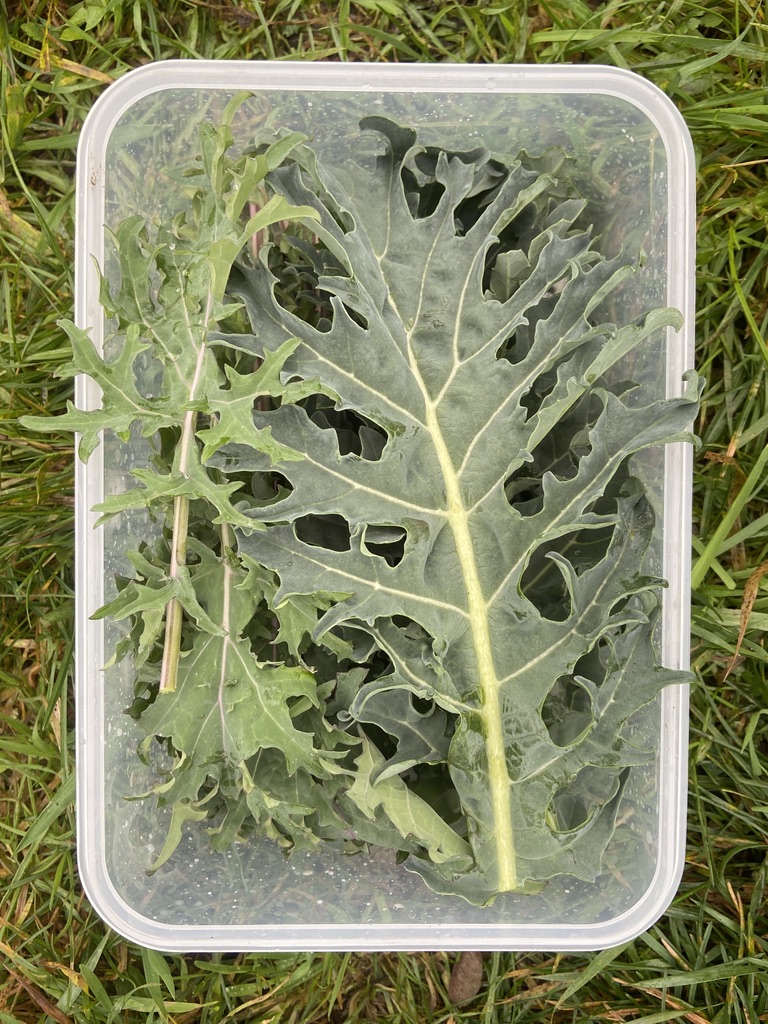
I have a good crop of brassicas this year with the plants looking set to keep providing well throughout winter. Kale in particular has grown well, the Brussel sprouts less so, the plants are quite stunted though there are plenty of sprouts for Christmas. I’ve gradually worked through different types of kale to find those I find are tastiest but also least likely to suffer from white fly. I think I’ve found the perfect combos but will trial again next year before recommending any.
Weedy fennel
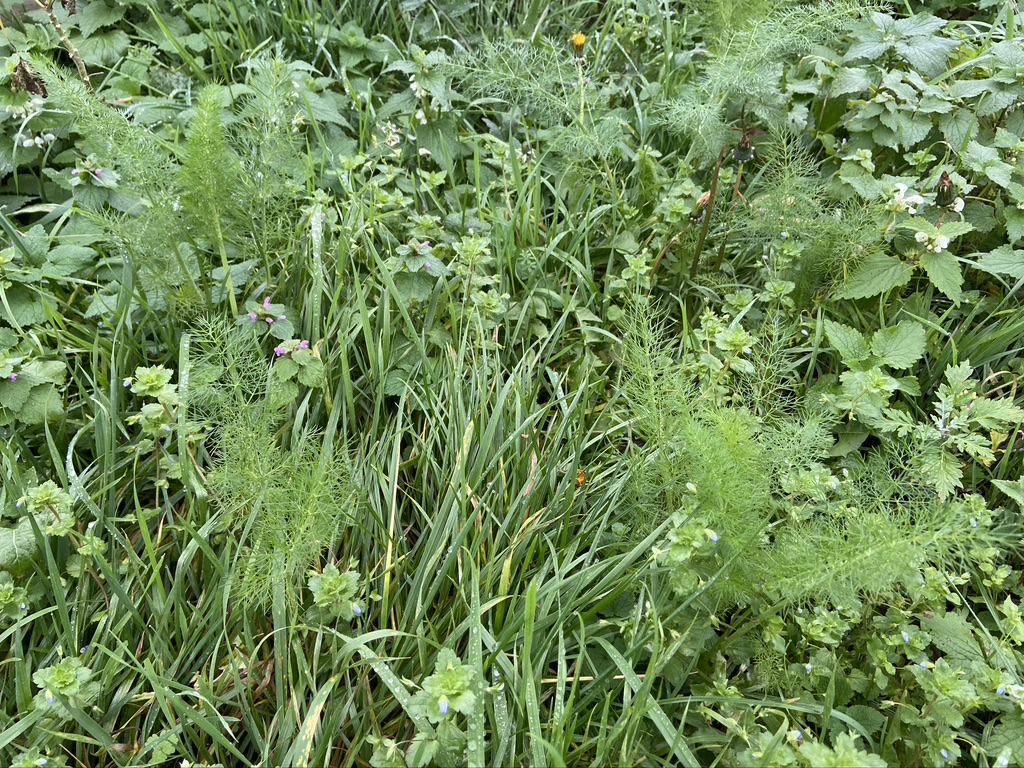
In my book Wild about Weeds I included herb fennel in the naughty corner which surprised a few people. Rather than go along with repeated statements I decided to seek my own truth and I’ve noticed that fennel in southern UK is becoming as problematic a weed as it is in warmer areas of mainland Europe. Above you can see its feathery leaves happily emerging through a competitive plant community of other weeds on my allotment, demonstrating its ability to colonise dense areas that aren’t stoney, bare and dry. Does this mean I will stop growing it in the UK? No because I love its look and its flavour but I do keep a close eye to prevent it spreading into the wild. In our garden it is equally prolific.
A little bit knauty
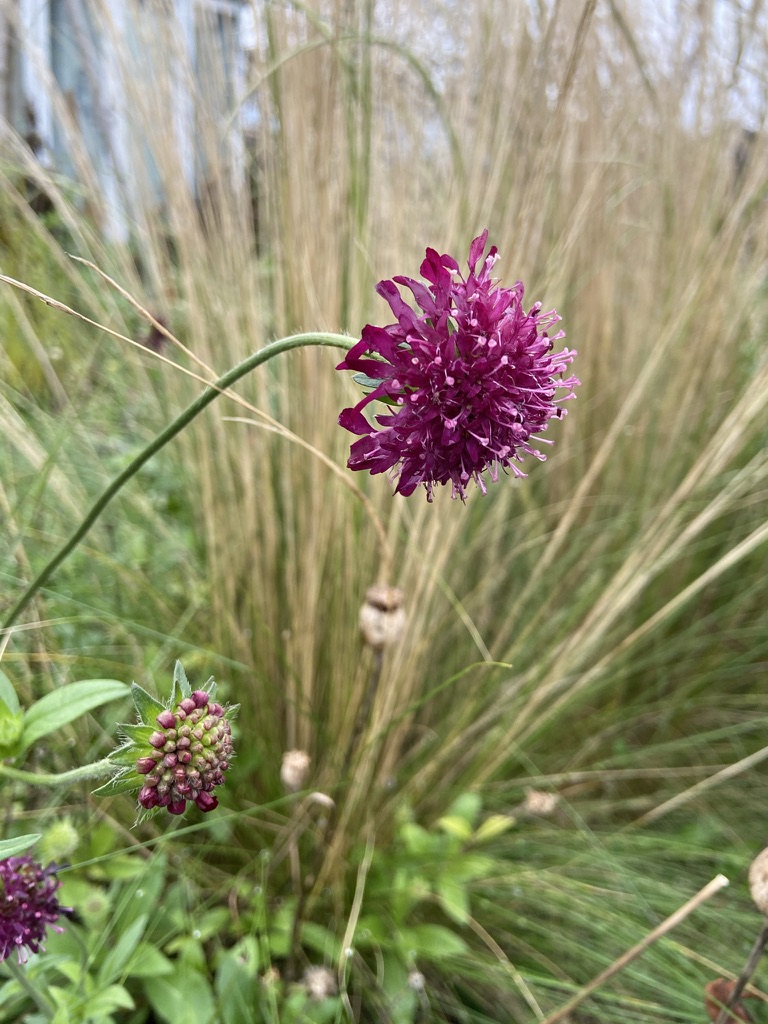
Knautia macedonica is another plant that by all rights should be classified as having weed potential – it self seeds everywhere – but it’s so pretty we’ll let it off the hook. I was surprised to see it still in flower in early December, then I remembered it did the same last winter for me and many other gardeners I know.
Dried seeds heads
In gardens I love using plants with strong seed head shapes that keep standing for much of winter. On my allotment I trial plants for various purposes including this and decided to bring a bunch of them home to put into vases. They’ll last like this for years… though my desk is now completely covered in enough fallen seeds to grow flowers for half of Clapham. There are about twenty different plant species here, from alliums, poppies, dierama and teasel to more unusual plants. Ideally you should pick seed heads early, hang them upside down somewhere dry to dry them out. I skipped that and simply stuck em in a vase. There will be mould!
Globe artichoke
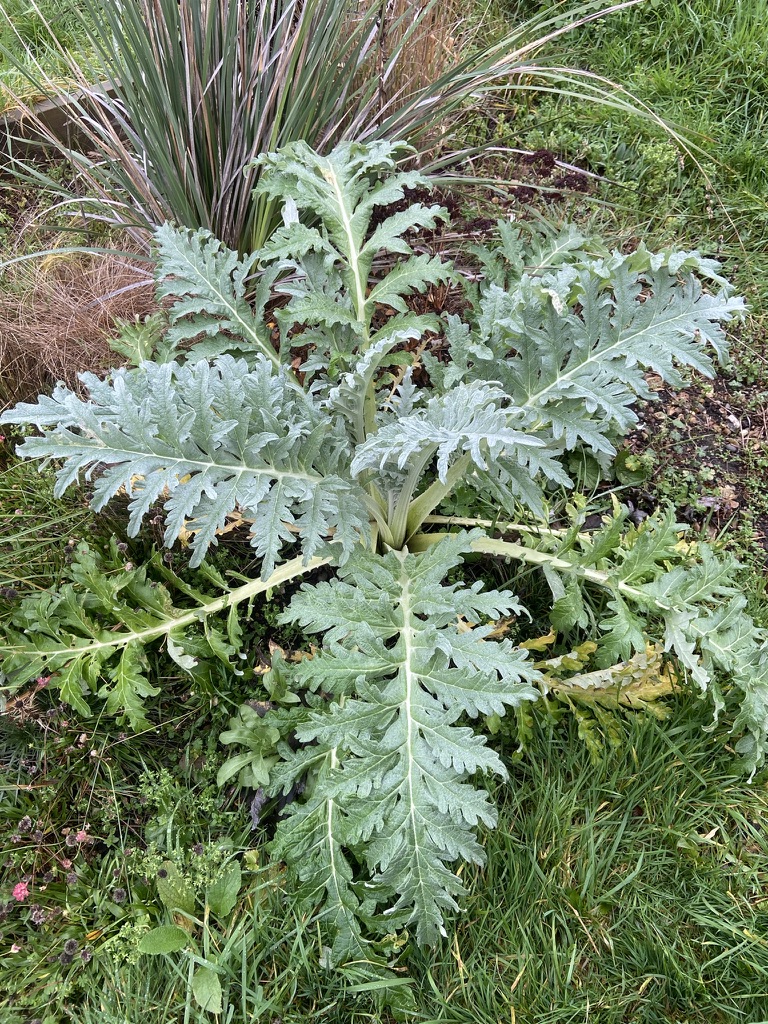
I grew this globe artichoke from seed five years ago and it’s still going strong. It struggles in the summer on my allotment due to the dry conditions but it always comes back. If I were to water and feed it more in summer it would produce generous crops.
Squash a few more in
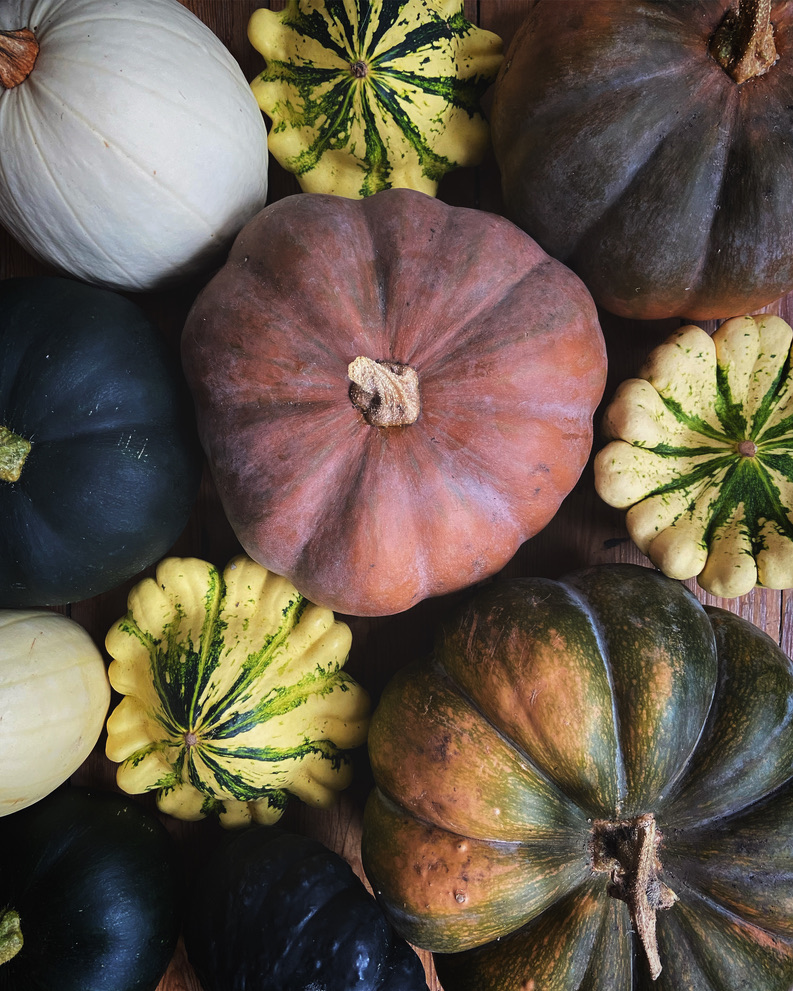
I’ve been pleased with the squash harvest this year, I opted for more winter squash than summer squash for use throughout the colder months. I’ve dotted around our flat because we don’t have anywhere else to store them. Pretending they’re ornamental – which they are but you know, not on every work surface. Anyway, we plan to use them in meals over the coming months – mainly for soup and roasting.
It’s been a good year on my allotment. A year or so ago I started filling spare areas with ornamental plants in an attempt to slow down the weeds, which are prolific on our site. The new plants weren’t big enough this year in general to stand their ground but I can see going into winter and next year, they will be.
Allotments are harder work than gardens, at least mine is. Largely because they’re further away so you can’t potter about as often, which is worse for me because my allotment is so far away (7.5 miles). I have to admit that this is the first year I feel the effort and energy needed to keep the allotment going with that distance has been a struggle. Perhaps it’s the pandemic or perhaps I’m just getting older. Overall though, we’ve had more crops and an equal supply of enjoyment from it.
